Lighting for Small Spaces: Smart & Positive Solution
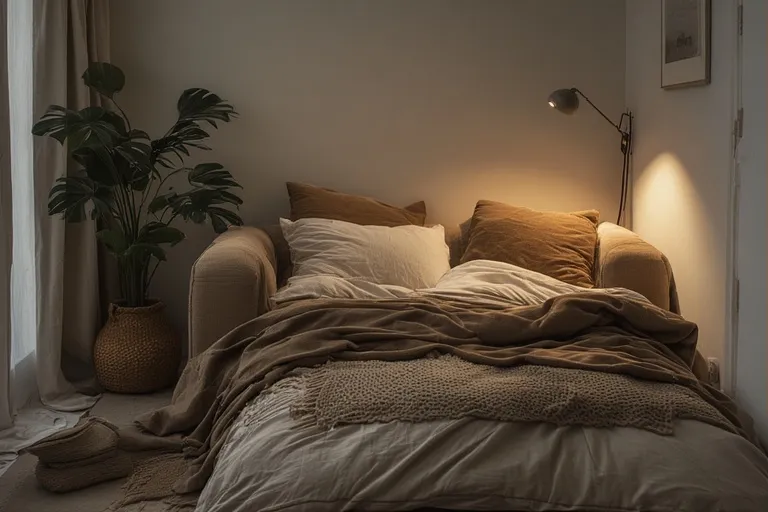
Lighting for small spaces can make all the difference in how a room feels—bright, open, and inviting instead of cramped or dull. The secret lies in layering light thoughtfully to enhance depth, highlight key features, and create warmth. With smart design choices, even the tiniest nook can feel airy, functional, and beautifully illuminated.
Why Lighting Matters in Small Spaces
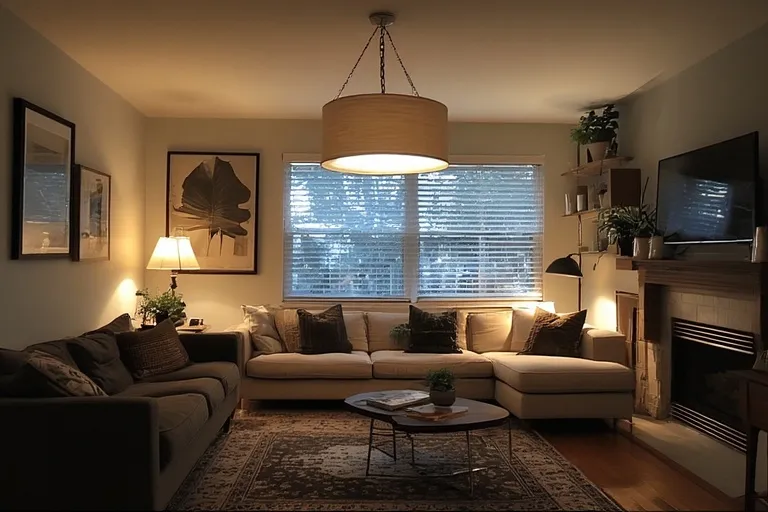
Lighting does far more than brighten a room—it defines mood, enhances design, and creates the illusion of space. In small homes or apartments, every light source needs to be purposeful. When done right, it can highlight architectural features, improve functionality, and make your home appear airy rather than cluttered.
Poor lighting, on the other hand, can make a small area look dim, cramped, and uninviting. That’s why layering light and understanding how to distribute brightness is crucial.
Natural Light: The Ultimate Space Enhancer
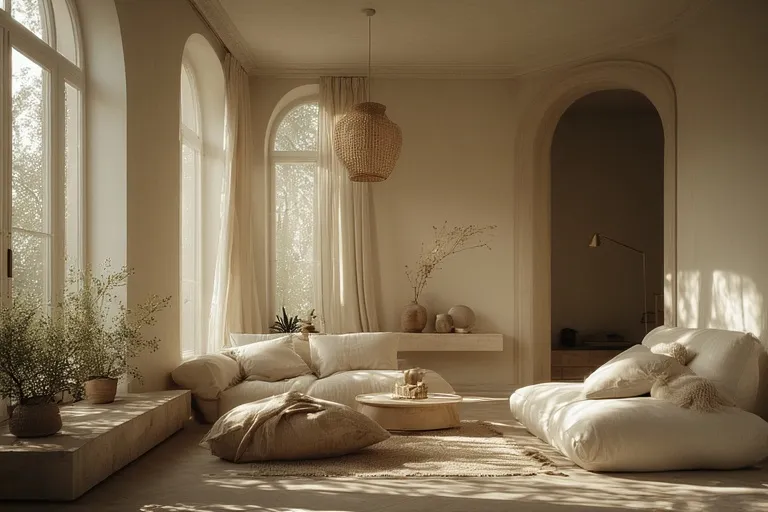
Before exploring artificial lighting, always make the most of natural light. Sunlight instantly opens up a room, creating a warm and inviting atmosphere. Keep windows uncovered or use sheer curtains that allow light to flow freely.
To amplify daylight, try:
- Mirrors: Place a large mirror opposite your window to reflect natural light deeper into the room.
- Light-colored décor: Whites, creams, and pastels bounce light, making walls feel farther apart.
- Minimal window treatments: Avoid heavy drapes or blinds that block sunlight.
If you live in an apartment with limited sunlight, focus on enhancing what little you have. Even a single window can make a big difference with proper positioning of reflective surfaces.
Layered Lighting: The Secret to Depth and Balance
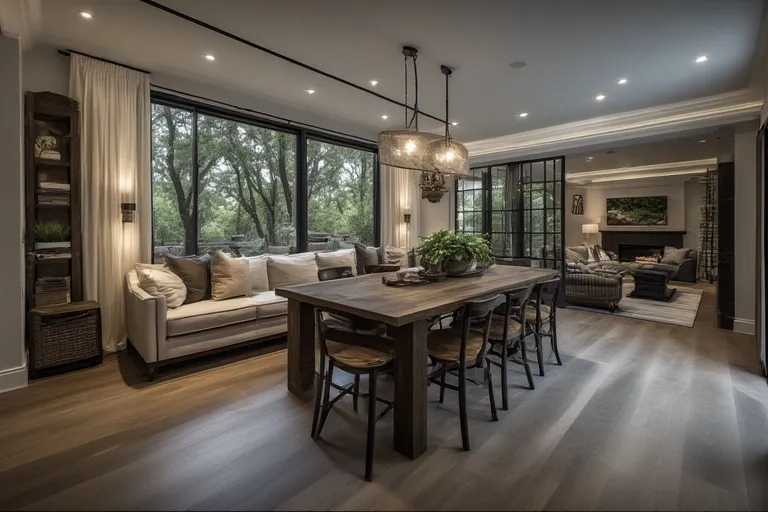
Small spaces require layered lighting, which means combining different types of light sources to achieve balance and versatility. This method adds both visual depth and flexibility depending on the time of day or activity.
Here are the three main layers to consider:
- Ambient Lighting:
This is your main light source—the one that illuminates the entire room. Ceiling fixtures, recessed lights, or pendant lamps can serve as ambient lighting. Choose warm tones for living rooms and neutral tones for workspaces. - Task Lighting:
Task lights focus on specific areas where activities take place—like reading, cooking, or working. Table lamps, under-cabinet lights, and adjustable wall sconces are great examples. - Accent Lighting:
Accent lighting adds drama and draws attention to decorative elements like artwork, shelves, or textured walls. LED strips, spotlights, or even candles can add charm and highlight focal points.
By mixing these three layers, your small room will feel more dimensional and alive.
Smart Lighting for Modern Small Homes
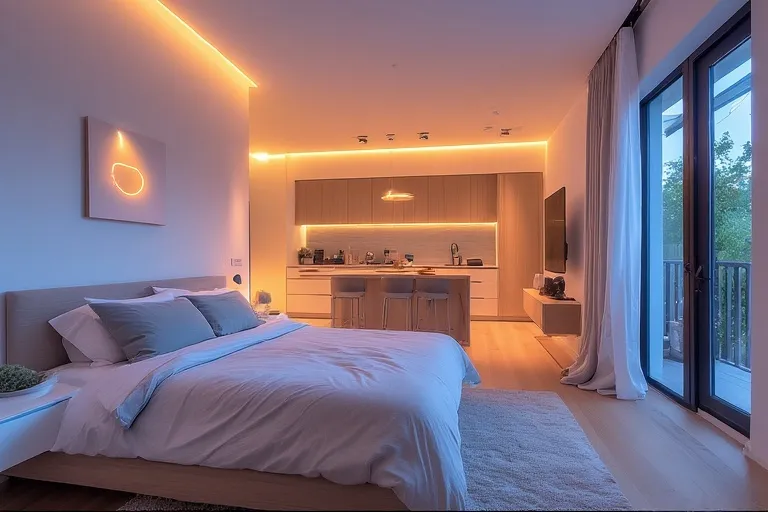
Technology has made it easier than ever to enhance small spaces using smart lighting systems. These allow you to adjust brightness, color temperature, and even create moods with a simple tap on your phone or a voice command.
Here’s why smart lighting works beautifully for compact homes:
- Dimmable options: Adjust light intensity according to your mood or activity.
- Color control: Warm tones create a cozy ambiance, while cool tones make spaces feel airy and spacious.
- Space-saving: Smart bulbs eliminate the need for multiple lamps and switches, keeping the room clutter-free.
Brands like Philips Hue, Lifx, and Nanoleaf offer customizable solutions that fit perfectly into small apartments or studios.
Creative Lighting Fixtures for Small Areas
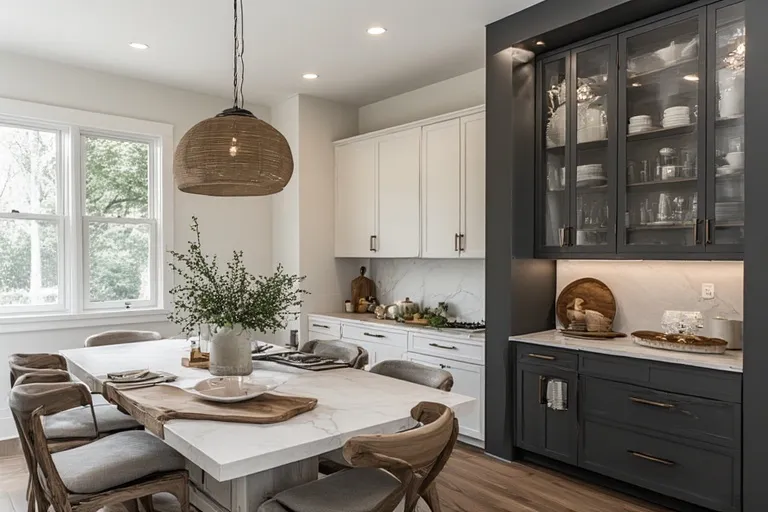
Choosing the right fixture can make a huge difference. In tight spaces, every design choice counts—so look for lights that are functional yet stylish.
Top Fixture Ideas:
- Wall sconces: Free up table or floor space while adding an elegant touch.
- Pendant lights: Ideal for kitchens or dining corners; hang them slightly higher to open up the view.
- Track lighting: Flexible and adjustable, perfect for directing light exactly where you need it.
- Recessed lights: Seamless and modern, they provide full illumination without visual clutter.
- Compact table lamps: Small, chic, and portable—great for layering light without crowding surfaces.
When selecting fixtures, avoid bulky designs. Choose sleek shapes and lighter finishes like brass, chrome, or matte white to maintain an airy look.
Color Temperature and Brightness: The Visual Trick
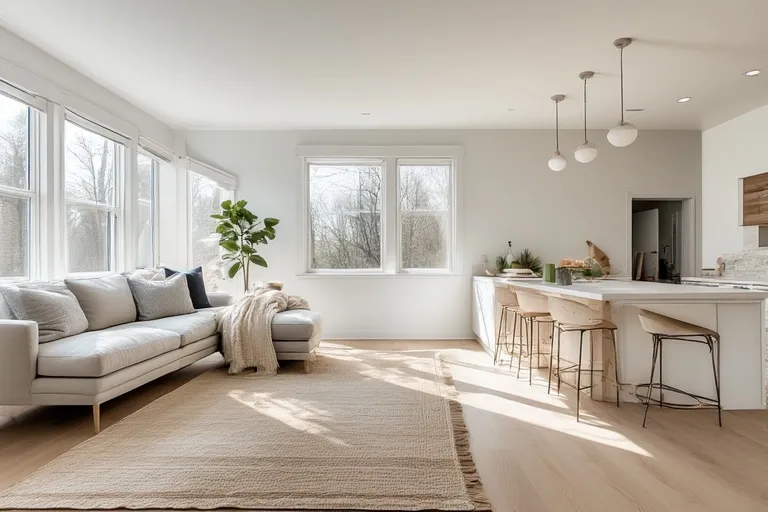
Small spaces benefit from lights that are bright but soft—you don’t want harsh glares or dim corners. The right color temperature can completely change how a room feels.
- Warm white (2700K–3000K): Cozy and welcoming, ideal for living and bedrooms.
- Neutral white (3500K–4100K): Perfect for kitchens or bathrooms where clarity matters.
- Cool white (5000K+): Great for workspaces that need focus and energy.
A mix of color temperatures in different layers can give your small home a dynamic, balanced glow.
Lighting Placement Tips for Small Spaces
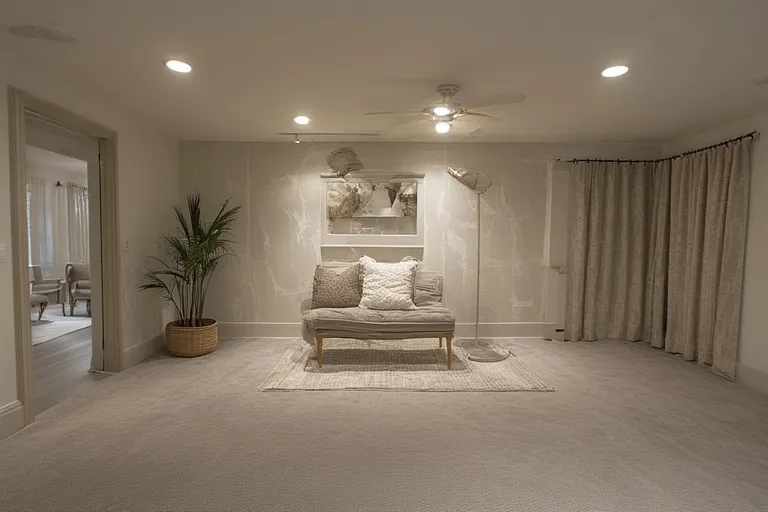
Strategic placement is everything. Here are some tried-and-true layout tricks:
- Use corners: Add floor or corner lamps to eliminate dark zones.
- Highlight vertical space: Mount wall lights higher to draw the eye upward and create height illusion.
- Under-cabinet lighting: Great for kitchens and desks—adds function without taking space.
- Avoid central-only lighting: One overhead bulb can cast harsh shadows. Instead, spread light sources across different points.
- Mirror magic: Pair a light fixture near or above a mirror for double the brightness.
Lighting for Small Spaces: How to Create the Perfect Balance
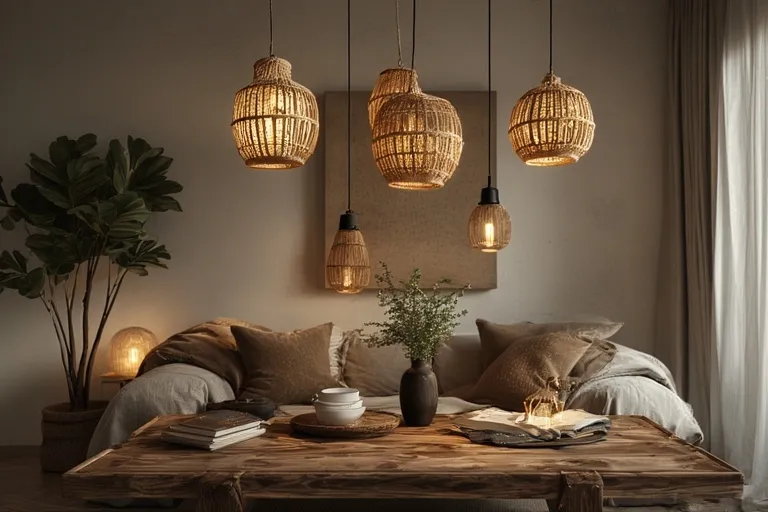
Your lighting choices should complement your décor and enhance your room’s character. For minimalist homes, simple recessed lights and slim pendants work beautifully. If your style is boho or rustic, go for woven lampshades or string lights that add warmth and charm.
Remember, balance is key—don’t overdo it. Too many light sources can make a small room feel crowded. A few well-chosen, strategically placed lights can do wonders.
Conclusion
Lighting for small spaces can completely redefine how your home feels and functions. By layering different types of light, maximizing natural sources, and choosing the right fixtures, you can make even the tiniest rooms feel bright, open, and inviting. Whether you rely on smart bulbs, sconces, or reflective surfaces, the right lighting plan brings harmony, comfort, and beauty to your compact home—proving that good design truly shines in small packages.
Q1. What type of lighting works best for small spaces?
Layered lighting—ambient, task, and accent—creates depth and balance in small areas.
Q2. How can I make a small room look bigger with lighting?
Use mirrors, bright walls, and multiple light sources to reflect and spread light evenly.
Q3. Are LED lights good for small rooms?
Yes, LEDs are energy-efficient, compact, and ideal for brightening small spaces.
Q4. What color temperature is best for small rooms?
Neutral to warm white light (2700K–4000K) adds warmth and openness without harshness.
Q5. How can I save space with lighting fixtures?
Choose wall sconces, recessed lights, or hanging pendants to free up floor and table space.

One Comment